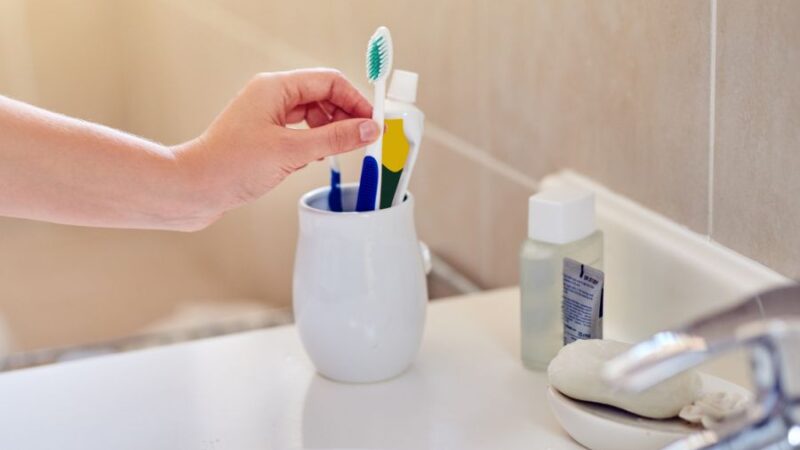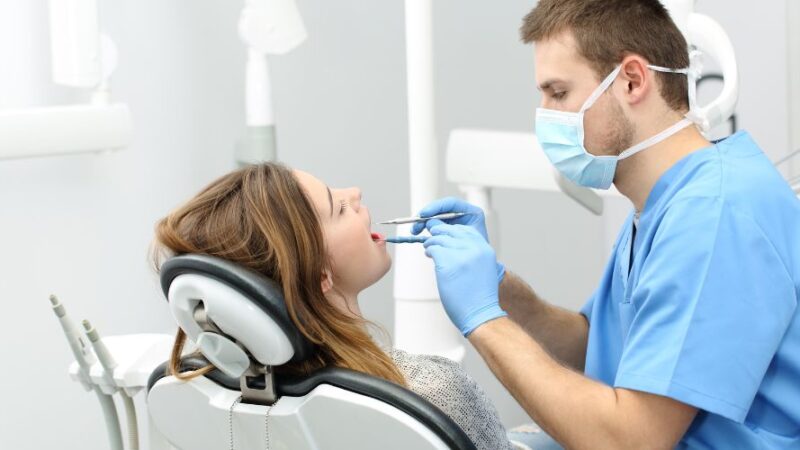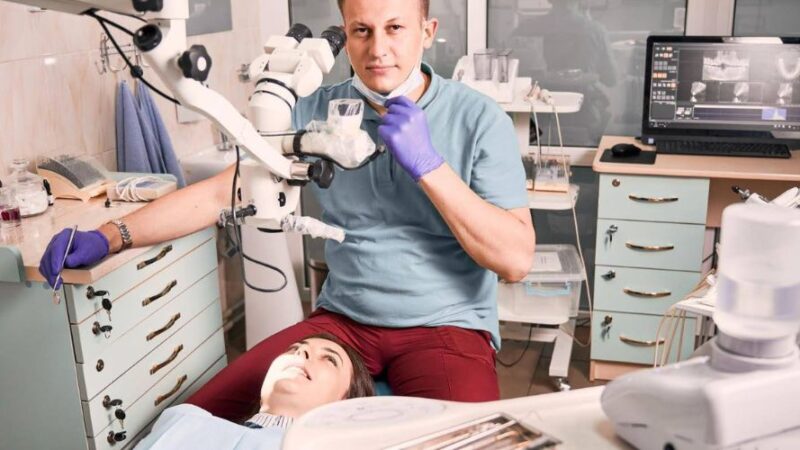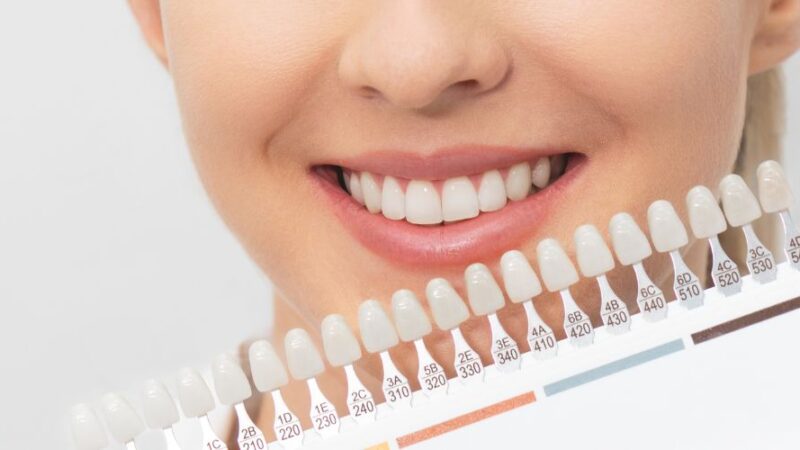Is Sedation Dentistry Safe? Everything You Need to Know
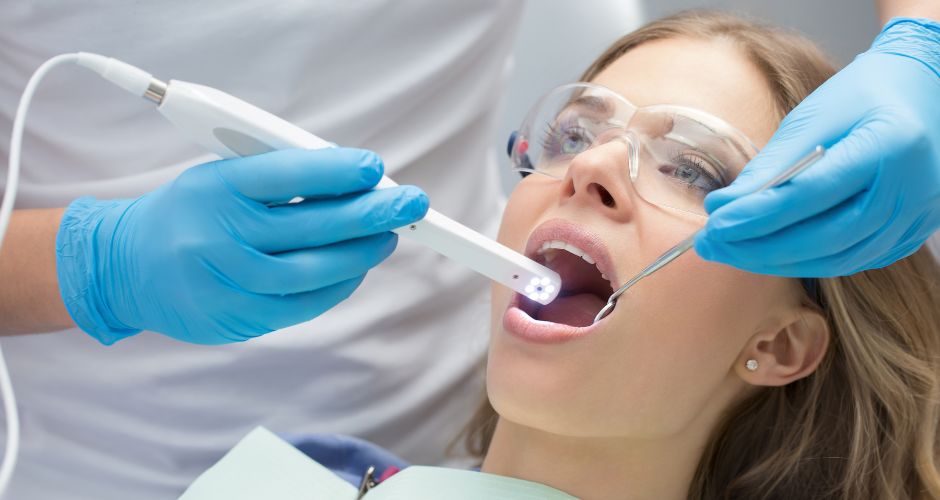
For many people, the thought of sitting in a dentist’s chair brings anxiety, fear, or even panic. That’s where sedation dentistry steps in-offering a safe and effective way to relax during dental procedures. But one common concern remains: “Is sedation dentistry really safe?”
In this article, we’ll dive deep into sedation dentistry safety, including:
- Types of sedation and how they work
- Safety by age group and medical conditions
- Common risks and side effects
- Who should or shouldn’t get sedation
- Latest safety advancements
- FAQs and real-world examples
What Is Sedation Dentistry?
Sedation dentistry involves using medication to help patients relax during dental procedures. It’s often recommended for:
- Patients with dental anxiety or phobia
- Individuals undergoing lengthy or complex procedures
- Children or adults with special needs
- People with low pain tolerance or strong gag reflex
There are several types of sedation used in dentistry, each with varying levels of intensity.
Types of Dental Sedation and Their Safety Profiles
1. Nitrous Oxide (Laughing Gas)
- How it works: Inhaled through a mask, this is the mildest form of sedation.
- Safe for: Kids, adults, and even seniors
- Wear-off time: Immediate after procedure
- Risks: Minimal; mild nausea or dizziness in rare cases
2. Oral Sedation (Pills like Halcion)
- How it works: Taken an hour before the procedure, oral sedatives induce drowsiness.
- Safe for: Most healthy individuals
- Wear-off time: Several hours
- Risks: Drowsiness, dry mouth, or occasional memory loss of the procedure
3. IV Sedation
- How it works: Administered through a vein, allowing precise control over sedation depth.
- Safe for: Medically screened adults
- Wear-off time: Can take several hours or more
- Risks: Slight risk of respiratory issues, must be monitored closely
4. General Anesthesia
- How it works: Puts the patient fully to sleep. Used for complex surgeries.
- Safe for: Specific cases under strict medical supervision
- Risks: Higher than other sedation types; reserved for complex or hospital-based care
How to Deal with Dental Phobia or Anxiety?
Is Sedation Dentistry Safe for Children?
Yes, when administered by a pediatric dentist or trained sedation specialist.
Nitrous oxide is most commonly used for kids. For more extensive procedures, oral sedation or IV sedation may be considered-with careful monitoring and dosage based on the child’s weight and medical history.
Safety Tips:
- Always disclose the child’s medical conditions
- Avoid food and drink prior to sedation as advised
- Choose a dentist certified in pediatric sedation
Is Sedation Dentistry Safe for Seniors?
Sedation can be safely used for older adults, but extra caution is needed. Age-related health issues like heart disease, high blood pressure, or medication interactions must be considered.
Tips for Senior Safety:
- Full medical history review is essential
- Avoid deep sedation unless medically necessary
- Monitor blood pressure and oxygen levels throughout
Is Sedation Dentistry Safe During Pregnancy?
Sedation dentistry during pregnancy is generally avoided unless absolutely necessary, especially in the first trimester.
- Nitrous oxide is typically avoided
- Lidocaine (local anesthesia) is generally safe in low doses
- Always consult with both your dentist and OB-GYN
Is Sedation Safe for People with Anxiety or Panic Disorders?
Yes. In fact, sedation dentistry is often life-changing for patients with dental phobia or anxiety.
- Mild oral sedation or nitrous oxide can calm the nervous system
- Dentists may coordinate with your therapist or physician if needed
- Post-procedure grogginess is normal and expected
Is Sedation Safe for People with Heart Conditions?
Patients with cardiovascular concerns require clearance from their primary care doctor or cardiologist. Most low-level sedation is considered safe, but IV or general anesthesia should be handled in a hospital or surgical center setting.
What Causes Yellow Stains on Teeth?
Who Should Avoid Sedation Dentistry?
Sedation may not be suitable for people with:
- Severe respiratory conditions (e.g., COPD, asthma)
- History of allergic reactions to sedatives
- Sleep apnea (especially for IV or oral sedation)
- Liver or kidney dysfunction (impacts drug metabolism)
What to Eat After Wisdom Teeth Removal
Possible Side Effects and Risks of Sedation Dentistry
Although uncommon, potential side effects include:
- Nausea
- Dizziness
- Drowsiness
- Low blood pressure
- Headache
- Allergic reaction (rare)
Proper screening and qualified professionals reduce these risks significantly.
How Do Dentists Ensure Sedation Safety?
Modern sedation dentistry follows strict protocols, including:
- Reviewing full medical history and medications
- Monitoring oxygen levels, heart rate, and blood pressure
- Using reversal agents if needed
- Having emergency equipment on site
- Following ADA and ASA sedation safety guidelines
What Are the Latest Safety Advances in Sedation Dentistry?
- Pulse oximetry and EKG monitoring: Real-time monitoring during the procedure
- Digital sedation units: More precise dosage delivery
- Safer oral medications: Newer, shorter-acting drugs with fewer side effects
- Improved training requirements: Dentists must now complete certified courses for moderate-to-deep sedation
FAQs About Sedation Dentistry Safety
Q1: Will I be completely asleep during sedation dentistry?
Not always. Only general anesthesia makes you fully unconscious. Most forms (oral, IV, nitrous) keep you conscious but very relaxed.
Q2: Is sedation dentistry covered by insurance?
Not always. It depends on your insurance plan and the reason for sedation. Medical necessity (like disability or severe anxiety) may be partially covered.
Q3: Can I drive after being sedated?
Not if you’ve had oral, IV, or general anesthesia. You’ll need someone to drive you home. Only nitrous oxide wears off fast enough to allow driving.
Q4: Can sedation be used for simple procedures like cleanings?
Yes, especially for people with dental phobia. Light sedation can make cleanings more manageable.
Q5: How do I prepare for a sedation dental appointment?
- Avoid eating or drinking for 6–8 hours before (based on instructions)
- Wear comfortable clothing
- Arrange for someone to drive you home
Final Thoughts: Is Sedation Dentistry Safe?
Yes, sedation dentistry is safe when performed by trained professionals using the right type of sedation for your needs. Millions of patients safely undergo sedation for cleanings, fillings, extractions, and even cosmetic procedures.
Whether you’re nervous about the dentist, have special health concerns, or need complex work done-sedation may be the key to a more comfortable and effective experience.

